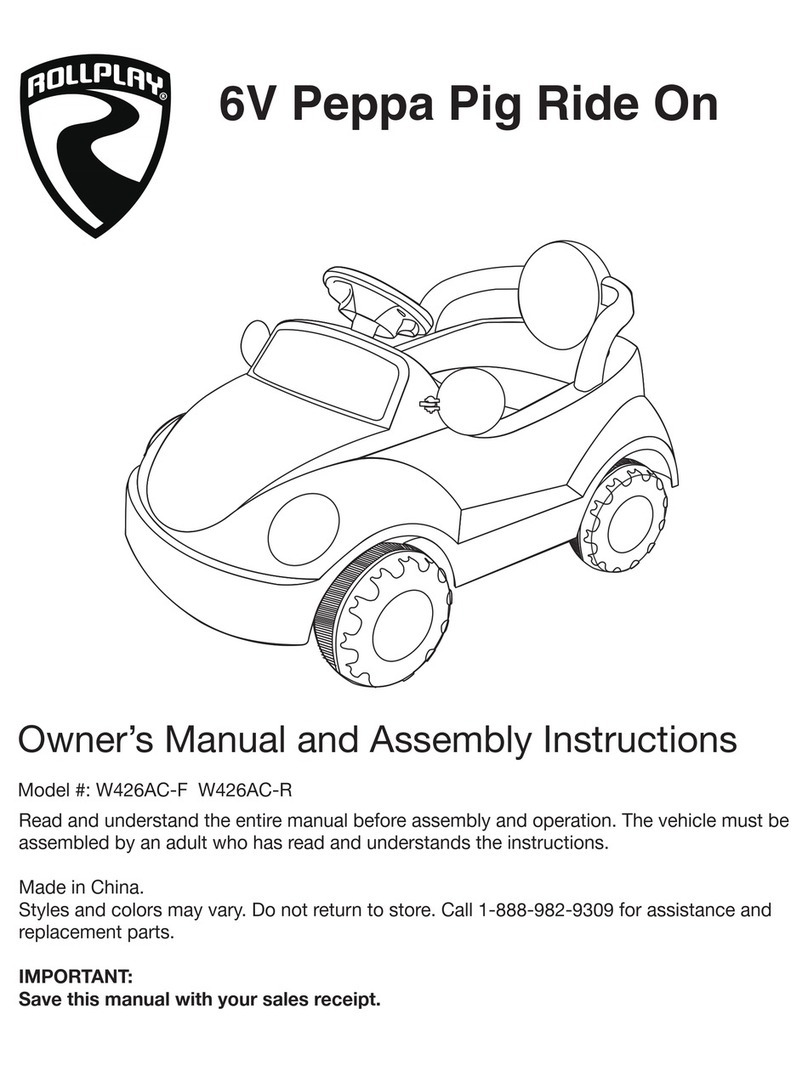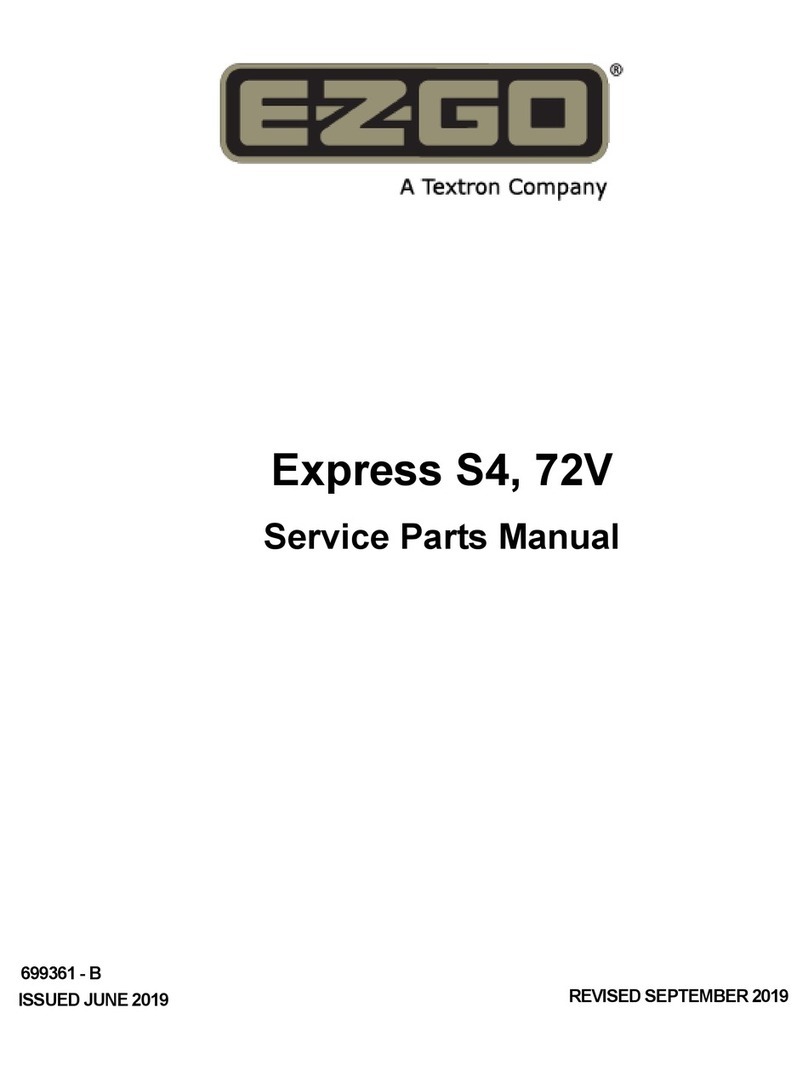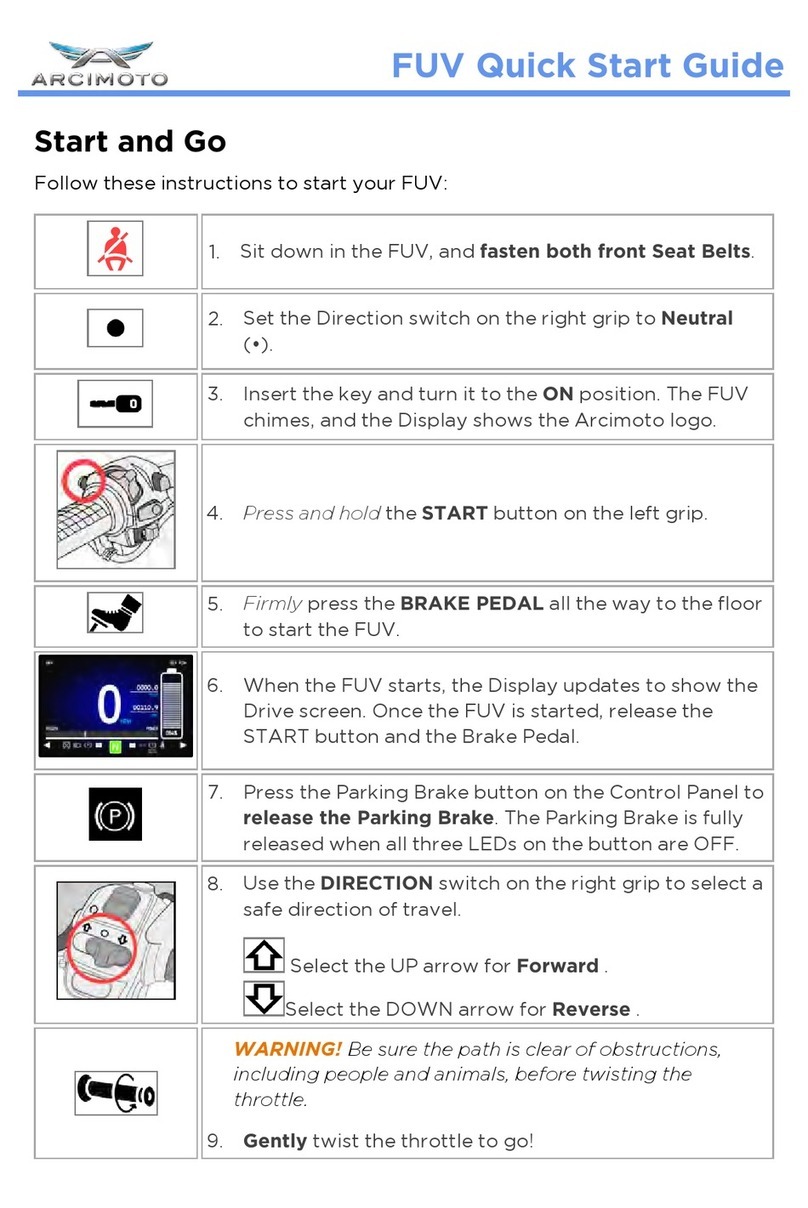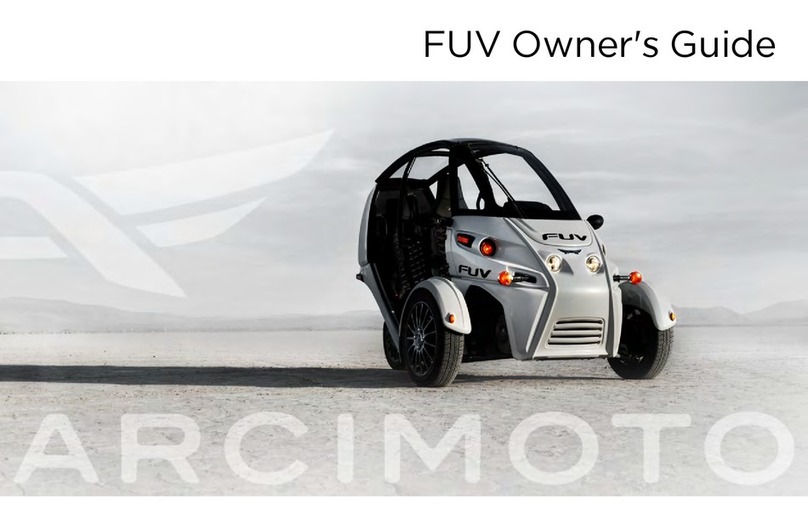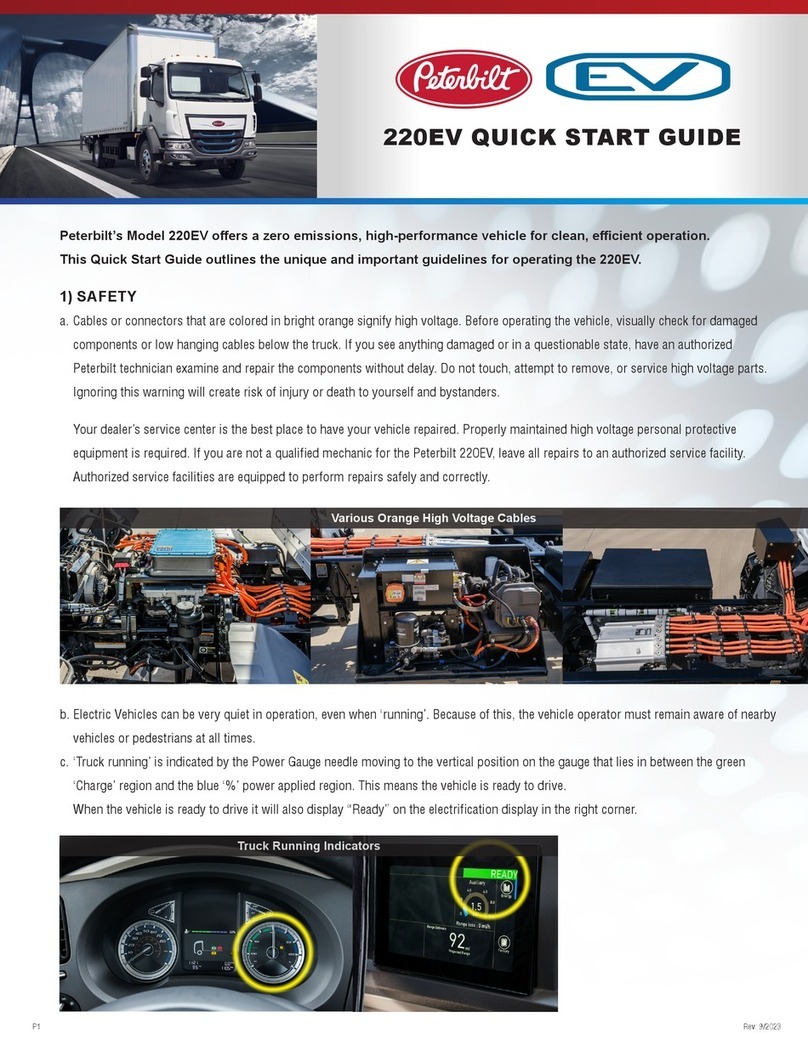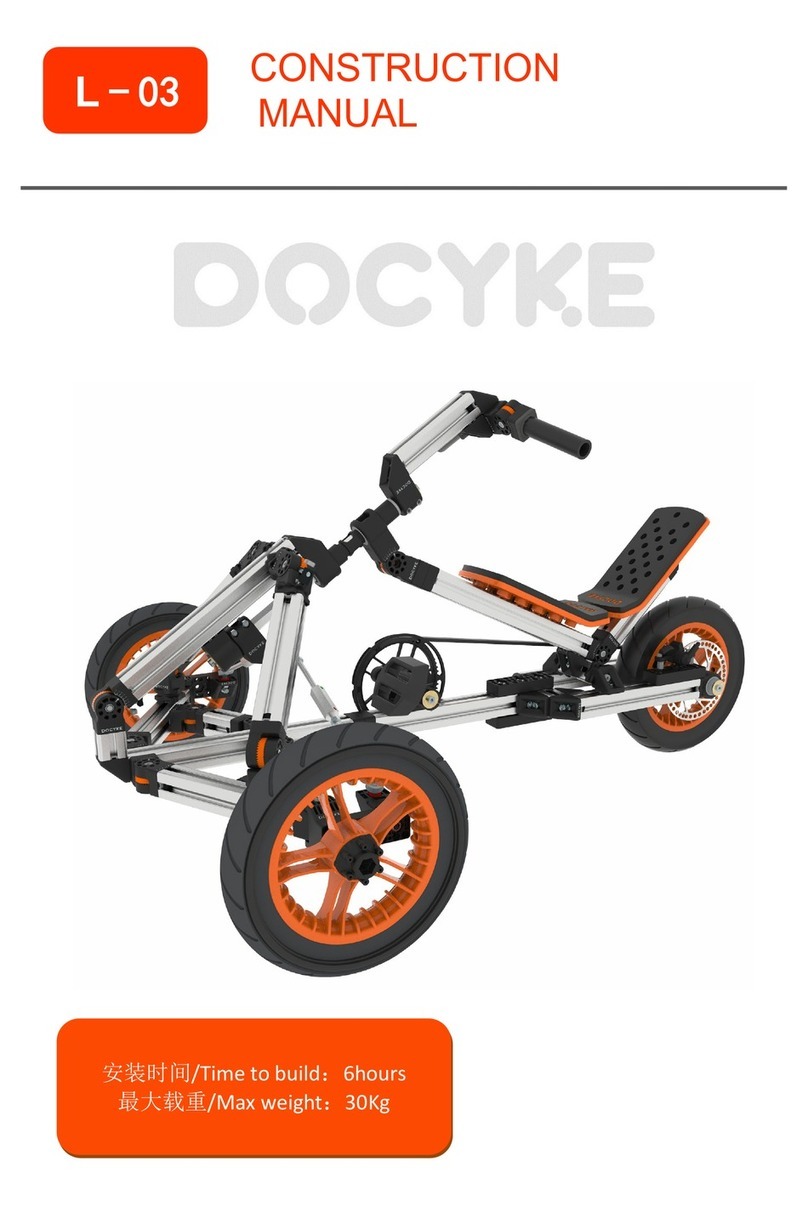
Cleaning
Overview
The FUV should be washed periodically. Regular cleaning doesn’t just keep the FUV looking
great, it also ensures that safety-related parts remain in full working order.
Improper cleaning can damage electrical components, panels, and other plastic parts. Do not use
high-pressure water or steam cleaners; they can cause water intrusion of bearing, seals, and elec-
trical components.
Do not use harsh chemical products on plastic parts.
Avoid using cloths or sponges which have been in contact with strong abrasive cleaning
products, solvent or thinner, fuels, rust removers or inhibitors, brake fluid, antifreeze, or elec-
trolyte.
lGently wash the FUV with a sponge or a clean soft cloth, mild detergent, and plenty of
water.
lAvoid high-pressure water guns. High-pressure washers can damage certain parts.
lUse care when cleaning plastic parts; they scratch more easily than metal parts.
lAvoid getting water under the front cover and on the instrument panel.
lAfter washing, rinse the FUV thoroughly with plenty of clean water to remove any
detergent residue.
lDry the FUV with a chamois or a soft, dry towel.
lWhen the FUV is first driven after being washed, press the brake pedal several times
to remove moisture from the brake pads.
Vinyl Care
The FUV exterior features vinyl film and graphics. Take special care to avoid damaging
exterior vinyl:
lDo not use any polishing or wax products on matte or textured films.
lDo not allow cleaning solutions to soak, and immediately rinse with clear water.
FUV Maintenance Quick Reference Guide • REV0 • last revised: 1/25/2023 • DocID: P30021 page 5
FUV Maintenance Quick Reference Guide - Cleaning
